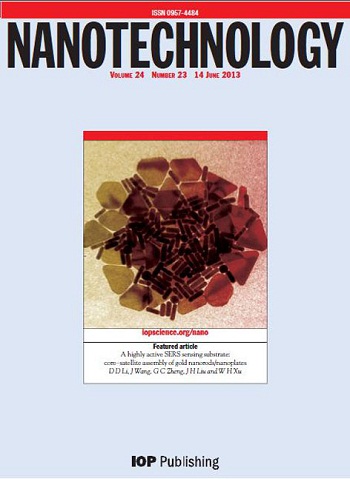Recently, scientists in Institute of Intelligent Machines (IIM), Chinese Academy of Sciences, have developed new methods for assembling anisotropic nanogold colloids. Compared to gold nanospheres, anisotropic gold nanoparticles, e.g. nanoplates, nanorods etc., with tunable localized surface plasmonic resonance (LSPR) bands ranged from UV-visible to near-IR region, can generate some special optical effects, e.g. surface enhanced Raman scattering (SERS), fluorescence superquenching etc.. Assembling the anisotropic gold nanoparticles to form some specific superstructures is quite important and challenging, which leads to extensive applications for chemo/biosensing based on LSPR effects. So far, cost-effective bottom-up approach for fabricating nanogold array has attracted more interests from scientists, particularly assembling technology based on biological molecules due to the unique recognizability, versatile structures, etc. of DNA. As is well known, assembling anisotropic gold nanoparticles is difficult and complicate, which is attributable to the orientation selectivity induced by different facet activities. Graduate students Dandan Li and Guangchao Zheng, under the supervision of Prof. Jin Wang and the support of Prof. Jinhuai Liu, utilized DNA programmable gold nanoplates/nanorods to obtain different structures, e.g. core-satellite assembly by using synergistic protocol of heavy metal contaminants (mercury) coordination and thiolate polymer blocking specific facets. Moreover, they found that the generation of hot-spot region in the assembly contributes to yielding plasmonic assist catalysis effect. On the basis of this method, scientists in IIM designed the simultaneous protocol, i.e. in-situ assembly and Raman detection established on the core-satellite assembled substrates to realize trace-level SERS detection of mercury contaminants. The investigation result was selected as the cover story published on the journal of Institute of Physics, Nanotechnology (Vol. 24, No. 23, 2013). Prof. Jin Wang thanks the financial supports from National Key Scientific Program-Nanoscience and Nanotechnology (Grant No. 2011CB933700) and National Natural Science Foundation of China (Grant No. 21077106). 
|
